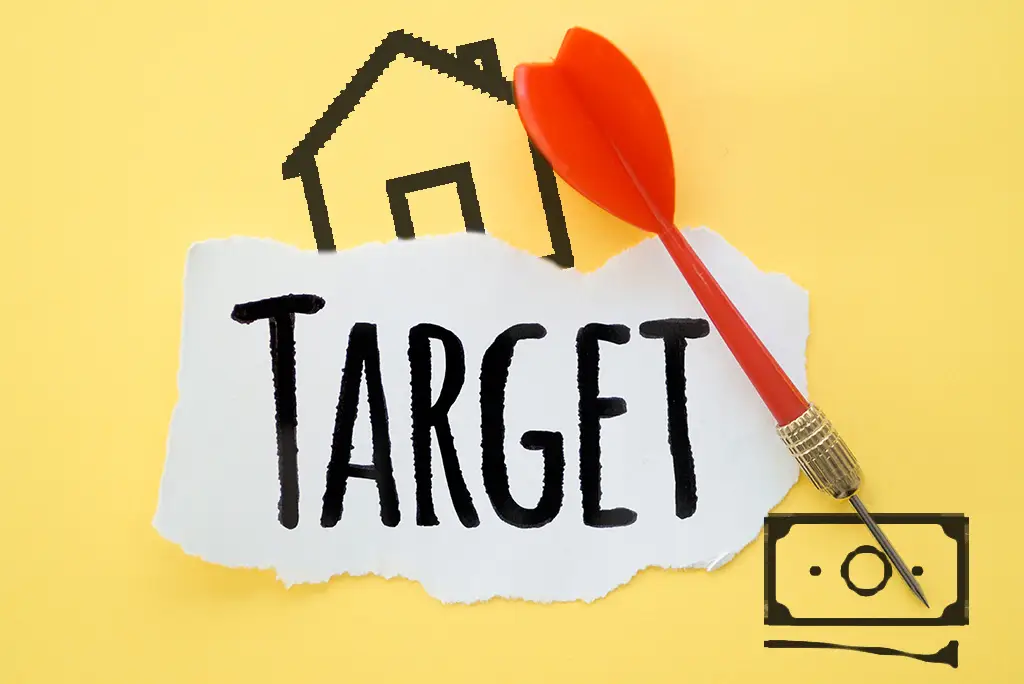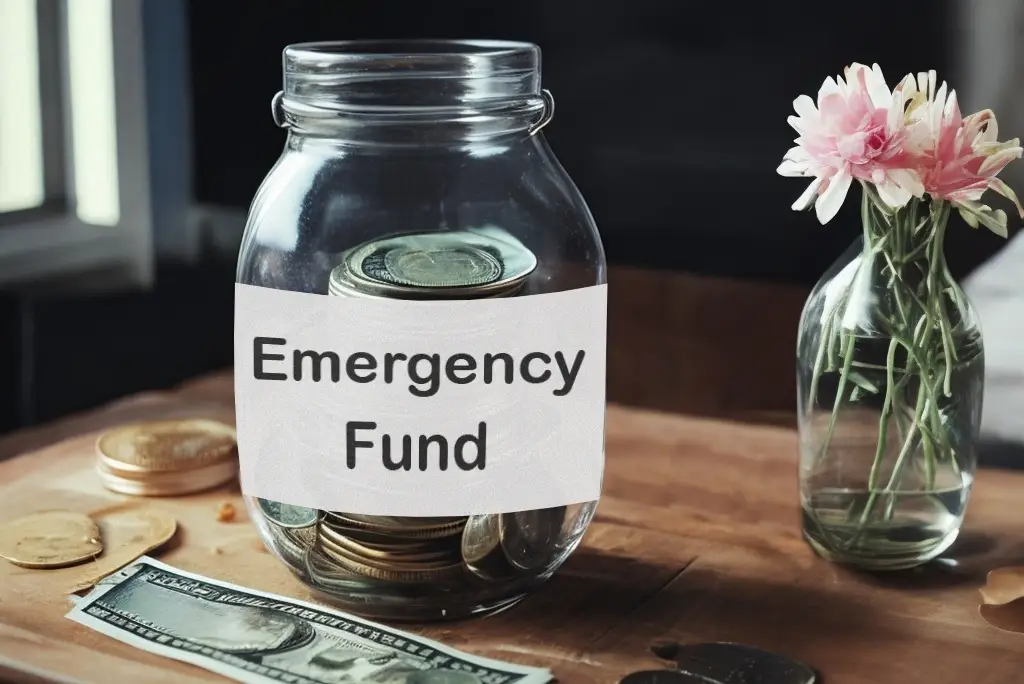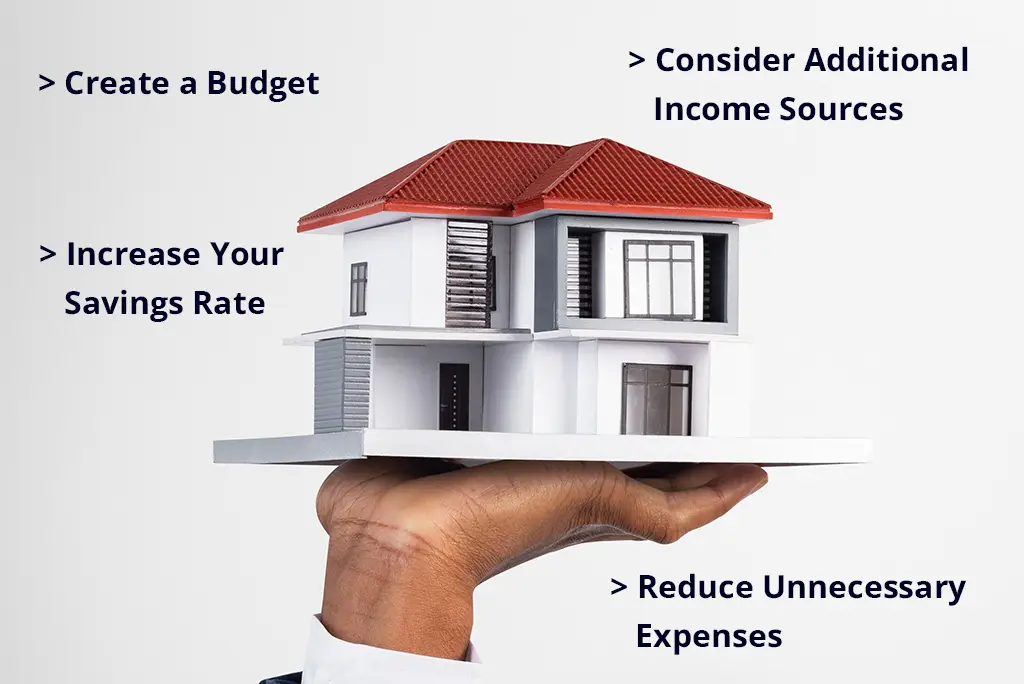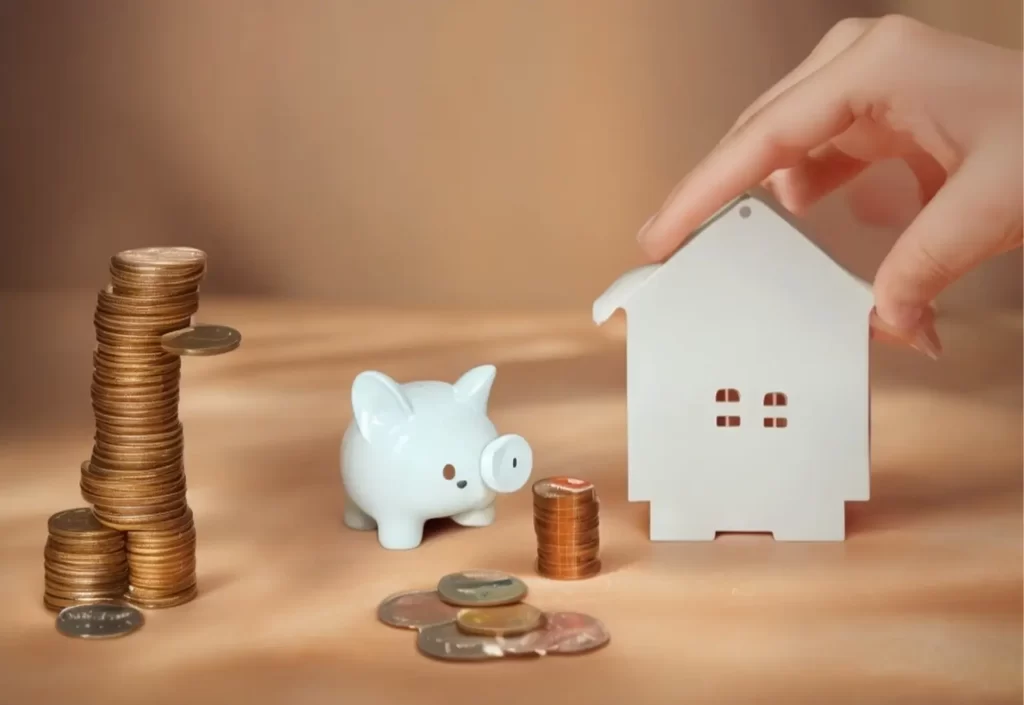Exhausted from constantly searching for “How much should I save to buy a house,” it’s always a hassle. Please don’t worry; this article is for you. We will guide you through the process of calculating how much you should save to buy a house.
Saving for a house is a significant financial goal for many individuals and families. Knowing how much you need to save to buy a house can be helpful.
How Much Should I Save to Buy a House?
1. Assess Your Financial Situation
- Income and Expenses: Dreaming about how much I should save to buy a house won’t work. We’d like you to begin by evaluating your monthly income and expenses. Calculate your net income after deducting taxes, and then subtract your monthly payments, including bills, groceries, transportation, and other living costs. The remaining amount represents the potential funds available for savings.
- Credit Score: Check your credit score, which is crucial in mortgage approval and interest rates. If needed, improve your credit score by paying bills on time, reducing debts, and keeping credit utilization low.
- Debt-to-Income Ratio: When determining your mortgage eligibility, lenders assess your debt-to-income (DTI) ratio. A simple way to calculate DTI is by dividing your total monthly debt payments by your gross monthly income. Aim for a DTI ratio below 43%, as this is generally the maximum limit lenders prefer.
2. Determine the Target Purchase Price

- Research the Housing Market: Explore the housing market in your desired location. Consider factors such as average property prices, market trends, and the availability of homes that meet your criteria. Researching the market will give you an idea of the price range within your target area.
- Consider Property Size and Amenities: Determine the size and amenities required in a home. The number of bedrooms, bathrooms, desired features, etc., are the factors affecting the cost of a house. Remember that more significant properties or additional amenities may have a higher price tag.
- Evaluate Neighborhood Desirability: The desirability of a neighborhood affects property prices. Consider factors such as safety, proximity to schools, public transportation, amenities, and potential for future appreciation. Evaluate different areas to find the right balance between your preferences and affordability.
3. Calculate the Down Payment

- Ideal Down Payment Percentage
Saving 20% or more has several advantages. Firstly, it helps you avoid private mortgage insurance (PMI), typically required for loans with a down payment below 20%.
Secondly, a higher down payment reduces the overall loan amount, resulting in lower monthly mortgage payments and potentially saving you thousands of dollars in interest over the life of the loan.
Lastly, a substantial down payment demonstrates financial stability and can improve your chances of loan approval and obtaining more favorable interest rates.
- Down Payment Assistance Programs
You can research down payment assistance programs that are available in your area. These programs are designed to assist homebuyers with limited financial resources in achieving their down payment goals. They may offer grants, loans, or favorable terms to help bridge the gap between your savings and the required down payment.
Eligibility criteria, application processes, and program availability can vary, so exploring local and state-specific options and determining if you meet the requirements is essential.
To calculate the down payment amount based on a specific target purchase price, follow these steps:
- Determine the target purchase price of the house you intend to buy.
- Multiply the target purchase price by the desired down payment percentage. For example, if you want to save a 20% down payment for a house priced at $300,000, the calculation would be: $300,000 x 0.20 = $60,000.
- Assess your savings and determine how much you have already saved towards the down payment.
- Subtract this amount from the calculated down payment amount. For instance, if you have already saved $15,000, the remaining amount to save would be $60,000 – $15,000 = $45,000.
- Set a timeline and determine how many months or years you have to save the remaining down payment amount.
- Divide the remaining amount by the number of months or years to calculate the monthly or annual savings goal.
- This will give you a clear idea of how much you must set aside each month or year to achieve your down payment target.
4. Factor in Closing Costs
- Understand Typical Closing Costs: Closing costs include fees associated with purchasing a home. These fees vary but generally range from 2% to 5% of the purchase price. Examples of closing costs include appraisal fees, inspection fees, title insurance, attorney fees, and lender fees. You can just familiarize yourself with these costs to estimate the amount you’ll need to save.
- Research Local Fees and Services: Closing costs can vary depending on location. Research local fees and services specific to your area, such as transfer taxes, recording fees, and settlement fees. Understanding these additional costs will help you budget more accurately.
5. Account for the Emergency Fund

- Importance of an Emergency Fund: Before buying a house, it’s crucial to have an emergency fund in place. Homeownership comes with unexpected expenses, such as repairs or maintenance costs. Aim to save 3-6 months’ living expenses as an emergency fund to protect yourself from unexpected financial burdens.
- Determine the Right Amount: Calculate your average monthly expenses and multiply them by the months you wish to save for. This will give you an estimate of the emergency fund amount you should aim for. This fund will provide a safety net while you adjust to homeownership.
6. Additional Considerations
- Monthly Mortgage Payments: Use online mortgage calculators to estimate your monthly mortgage payments based on your target purchase price, down payment amount, and interest rates. Ensure that these payments fit comfortably within your budget without straining your finances.
- Property Taxes and Insurance: Research the property tax rates in your desired location as they vary across regions—factor in the annual property tax amount when calculating your savings goal. Additionally, obtain quotes for homeowner’s insurance to understand the associated costs and include them in your budget.
Plan to Save to Buy a House

- Create a Budget: Create a detailed budget incorporating your monthly income, expenses, and savings goals. Track your spending habits and identify areas to cut back or reduce unnecessary costs. Allocate a specific portion of your income toward your house savings fund.
- Reduce Unnecessary Expenses: Identify discretionary expenses that can be temporarily reduced or eliminated to accelerate your savings. This might include eating out less frequently, cutting back on entertainment expenses, or finding cost-effective alternatives for certain purchases.
- Increase Your Savings Rate: Look for opportunities to increase your savings rate. Consider negotiating a higher salary or taking on additional part-time work or freelance projects to generate extra income. Direct these other earnings towards your house savings fund.
- Consider Additional Income Sources: Explore investment options or side businesses that can generate passive income. Real estate investments, stocks, or starting a small business are potential avenues to increase your savings over the next few years.
- Review and Adjust Your Plan Regularly: Track your progress towards your savings goals and reassess your budget periodically. Stay informed about changes in the housing market and adjust your target purchase price accordingly.
Conclusion
Instead of stressing over how much money I should save to buy a house, start saving for it. As it just requires careful planning and consideration of various financial factors. By assessing your financial situation, you are setting a target purchase price, determining the down payment and closing costs, and accounting for an emergency fund.
For planning the next 5 years, you can set a realistic goal to save to buy a house and work towards achieving your dream of homeownership. Please remember to review and adjust your savings plan as you need it regularly. With dedication, financial discipline, and a well-executed savings strategy, you’ll be one step closer to owning your dream home.
FAQ’s
Q. How much should I save for a down payment on a house?
A. Aim for a down payment of 20% of the home’s purchase price to avoid PMI. Consider lower down payment options like FHA loans (3.5% minimum) or conventional mortgages (3%-10%).
Q. Can I buy a house with no down payment?
A. Yes, USDA and VA loans offer 100% financing for eligible individuals. However, eligibility criteria apply, so weigh the pros and cons before deciding.
Q. What other costs should I consider when buying a house?
A. Factor in closing costs (2%-5% of the home’s price), covering fees for loan processing, appraisal, etc.
Q. How long does it take to save for a down payment?
A. The time varies based on your savings rate, income, expenses, and the target amount. Creating a budget, reducing costs, increasing revenue, and automating savings can speed up the process.
Q. Should I consult professionals when saving for a down payment?
A. Yes, mortgage lenders can help you understand loan requirements and find the best mortgage option. Financial advisors offer comprehensive advice and personalized strategies for saving for a down payment.

